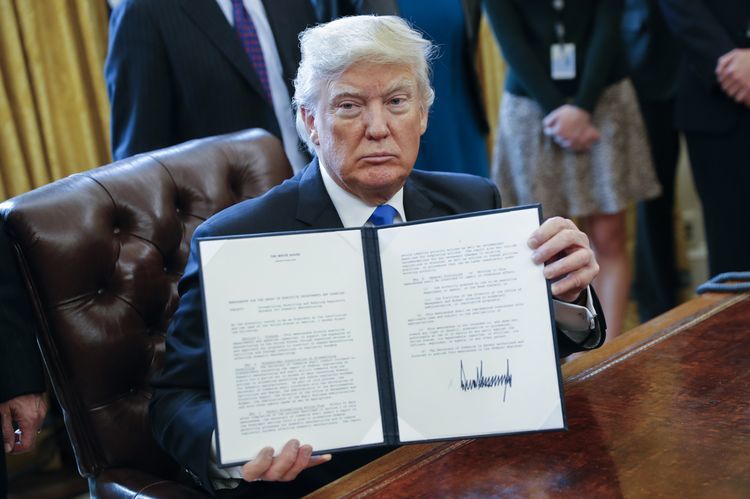
Production cuts may not be enough to rebalance the market now, but they can help its recovery in the second half of 2020 according to Boris Ivanov, Founder and Managing Director of GPB Global Resources.
There is an old adage used to describe German hyperinflation in 1923, that told of a man who had to carry so much money to the nearest shop just to buy a loaf of bread that he needed to transport it using a wheelbarrow. During his discussions with the local baker, he turned around and was shocked to discover that his wheelbarrow had been stolen, and all his money had been left in a pile on the floor.
Of all the unprecedented events that have hit the financial markets since Covid-19 emerged, it’s fair to say that none have captured the attention of the public more than the US oil price falling below zero. With the planet at a standstill and the demand for oil having plummeted, the US began running out of places to store their unused oil. Just like in 1923, the wheelbarrow has briefly become more valuable than the pile of cash.
What this means for modern markets is some oil brokers were, in theory, paying people to take what was once the world’s most valuable commodity off their hands to avoid paying for storage. This was also true because it is not necessarily easier or cheaper to curtail the production of oil in many cases. As we know, the processes and pressure used to extract oil from the ground is extremely complex and cannot simply be turned on and off like a tap without damaging oil wells and adding further costs. For that reason, oil will continue to flow out of the ground whether the markets are interested or not.
This leaves oil producing companies and countries at a frustrating juncture. Back in 1923, the German government was restricted from accessing the capital it needed, and so in response, they simply printed more money. In doing so, they devalued their currency. Oil producers have been facing a similar problem for years. Marred by below-par returns, many capital markets, banks, and sovereign wealth funds have been more reluctant to hand over money for oil production. Now, the oil industry is having to inject shored up capital.
During this period, renewable energy has shown how resilient it might be in future crises. Returns from renewables have never been spectacular but they are now proving to be more stable. The sun is still shining, the wind is still blowing, and it would seem the tide is now turning in favour of renewables. If not for one issue, why would you use alternative energy now oil is so cheap?
The state of these affairs will not last for long. The colossal imbalance between supply and demand will likely lead to deeper cuts from the US and OPEC to production, after the already record global oil cuts deal between OPEC and its allies slashing production by 9.7m barrels a day from May to the end of June. If these measures are adopted, aligned with action from the financial market authorities to stop a repeat collapse happening with the June contract, oil producing countries can work more collaboratively to utilise the remaining strategic oil reserves.
Australia have already capitalised on the situation by committing $59 million to building an emergency oil stockpile, by first buying crude to store in the US Strategic Petroleum Reserve.
The May WTI contract was always expected to suffer, but many operators will still be happier to run at a temporary loss during this period in order to weather the current storm and meet the upcoming forecast for oil consumption once COVID-19 restriction measures are eased.
Day by day the situation changes as does the response. OPEC is already looking at further steps, less than two weeks since forging its last deal with Saudi Arabia saying on Tuesday, April 21 that it was ready to take extra measures along with OPEC+ allies and other oil producers.
No one knows for sure how the demand picture will look. Much of that will be determined by the trajectory of the pandemic and the willingness of people to return to pre-crisis activities like road trips, cruises, and flights. Until such a day the oil markets welcome further and deeper collaboration to provide a framework for recovery. Alliances need to remain strong and follow, monitor, and adjust terms of deals when necessary. This new energy order has become more than just about countries defending their respective market positions. It is about nations working together to stablise the industry for the benefit of all.
The oil industry is resilient, but how and when things will return to normal will depend on rapidly changing variables. Some industry commentators argue oil will rebound later in the year as producers ramp up supply again to meet demand and search for capital to let them tap into many of the huge reserves that remain. Whether the capital is available will be the real test determining the future of oil.
Recommended for you
